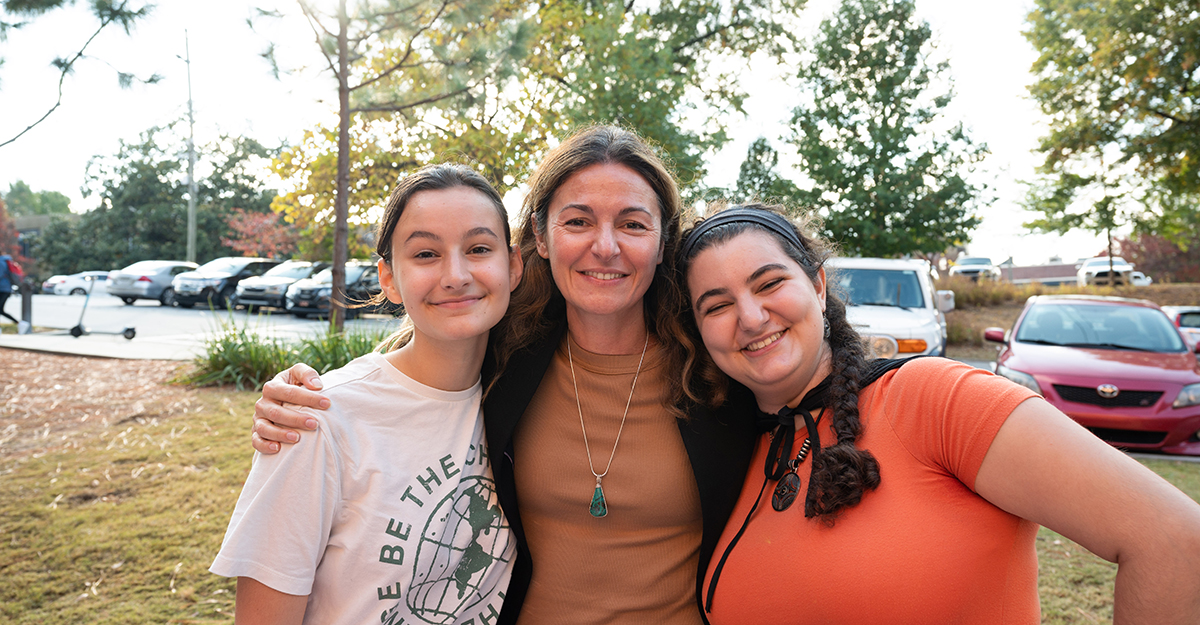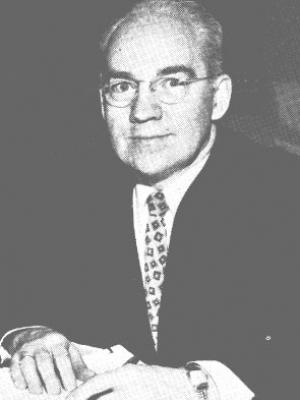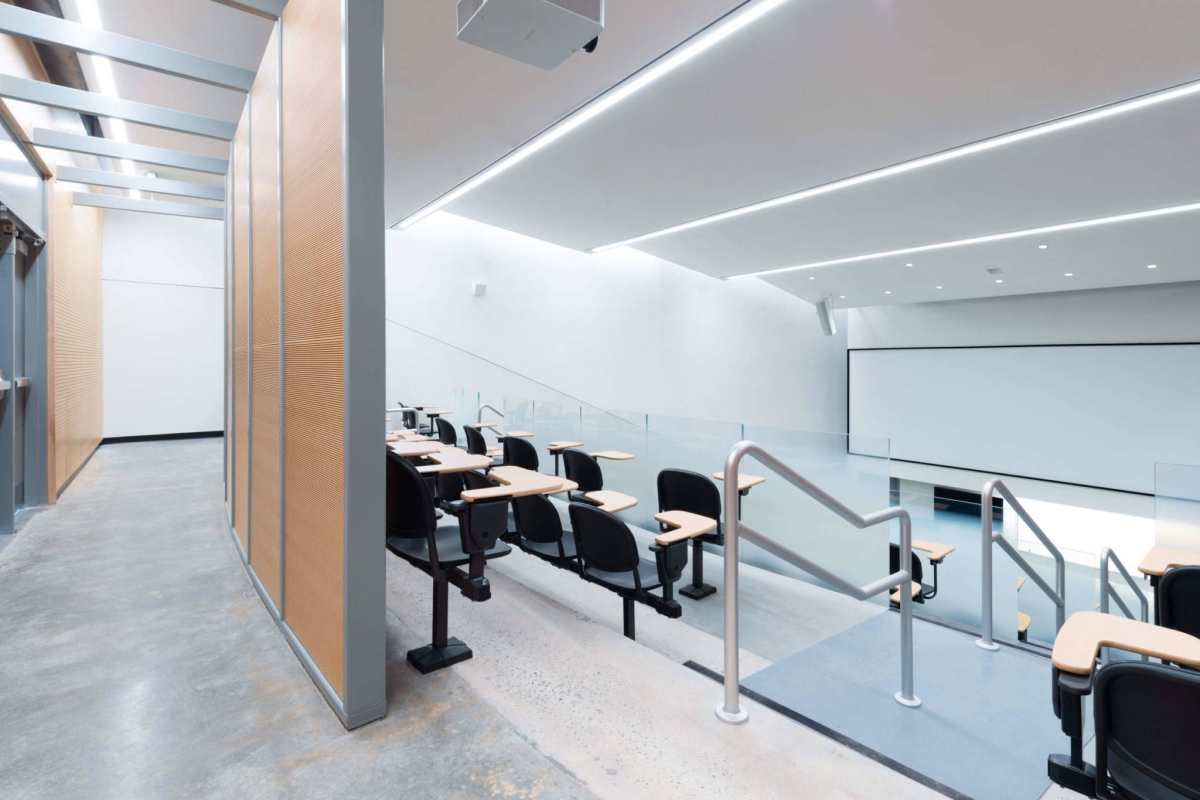


The School of Physics is located in Midtown Atlanta and has programs leading to B.S. Physics, B.S. Applied Physics, M.S. and Ph.D. degrees. The Howey Physics Building is comprised of 26,000 sq. ft. of instructional space (classrooms and laboratories), 156,000 sq. ft. of research laboratory space, and office space for faculty, post-doctoral fellows, graduate students and visitors. The School currently has 44 faculty members, over 275 undergraduate students, and 130 graduate students.

Physics has a long history at Georgia Tech and has been taught since the Institute's founding. Our mission encompasses physics education in a broad sense, frontier research in fundamental and applied physics, and service to the scientific community and the public at large. Every faculty member of the School of Physics earned a Ph.D. degree and completed post-doctoral research positions prior to embarking on his or her independent academic careers. In addition, each member of the faculty teaches at both the undergraduate and graduate level on a regular basis. Both undergraduate and graduate students have free access to the faculty.

 About the Howey Physics Building
About the Howey Physics Building
The Howey Physics building, named after Joseph H. Howey, is an academic building located on the west campus of the Georgia Institute of Technology in Atlanta, Georgia. Joseph H. Howey was famous for being a director of Georgia Tech's School of Physics from 1935 to 1963. The building was completed in 1967, and is still in use. It was designed by Robert & Company, and built by Wood-Hopkins Construction Company. The building's main purpose is to houses physics classes, labs, and calculus classes. An interesting fact can be noticed about the building, if looked from the top, the middle section of the Joseph H. Howey Physics Building is in shape of the letter 'H', which can be attributed to Howey's last initial, H.
Joseph H. Howey received his Bachelors of Arts in 1923 from the College of Wooster an then went on to receive his PhD in Physics from Yale University in 1930. From 1929-1931 he worked as a physicist in the Firestone Tire and Rubber Corporation’s research laboratory before returning to Yale as a professor.



